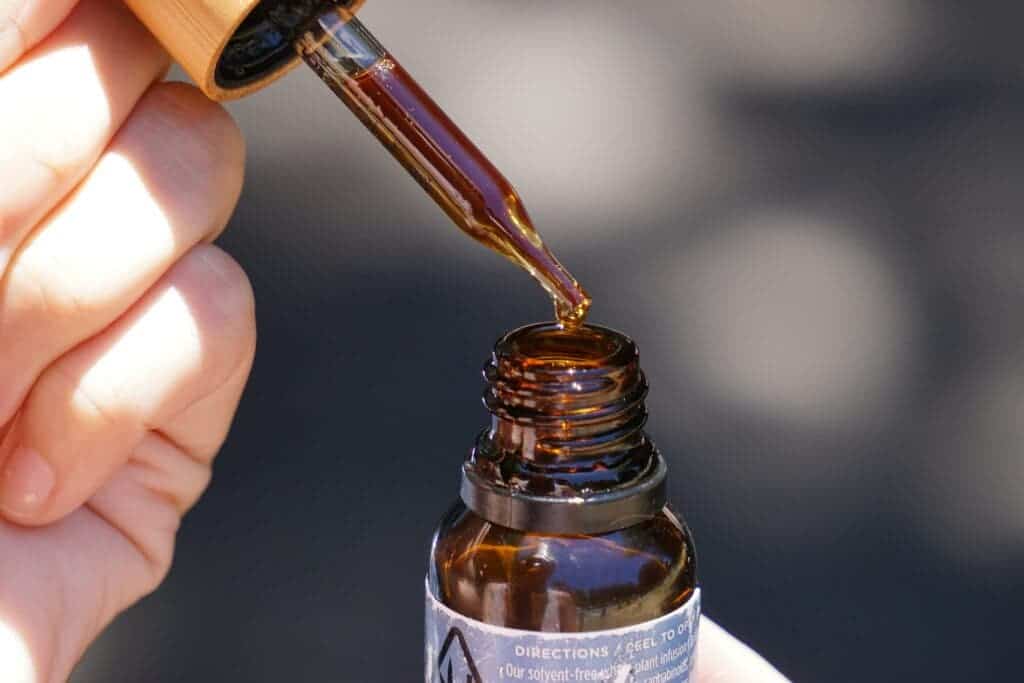CBD, or cannabidiol, is continuing its seemingly unstoppable march into the mainstream. When CBD first began to circulate in major retailers, it was most commonly available as CBD oil or edibles. However, it is now common to see CBD in other products such as balms, creams, vape liquids, and even soft drinks.
Which begs the question: what is the best way to take CBD? There’s not a lot of research on this, and there’s no clear and straightforward response, but here’s what we know so far.

CBD is taken for a variety of reasons, including for its supposed mental and physical health benefits. Early studies have shown that CBD has the potential to mitigate the symptoms of anxiety, depression, and even arthritis and joint pain. Although these claims are based on limited scientific research so far, the popularity of CBD seems to speak for itself.
Because of CBD’s broad range of alleged applications, it is taken in many different ways for different goals. Below, we will briefly explore how CBD works and how efficient the most popular ways to take CBD are.
How CBD Works
CBD interacts with a part of the human body known as the endocannabinoid system, or ECS for short. Early research shows that the ECS affects a multitude of body functions across many major organs.
CBD works by binding to receptors in the ECS to promote homeostasis, a term that refers to the chemical balance within the body. In short, this has the potential to regulate mood, sleep, and even pain — which explains the broad effects that proponents of CBD claim to have.
CBD Bioavailability
Bioavailability is a common term used to describe the percentage of a nutrient that actually enters your bloodstream. For example, many vitamin supplements claim to contain 100% of your recommended intake, but it’s rare the full amount is actually used by the body.
The same concept applies to CBD products. Just because you take a 50mg dose, does not mean 50mg of CBD will be used by your body. CBD for example has around 6-19% bioavailability, which means you absorb 19% of it at most.
Every type of CBD product interacts with the body in a different way, resulting in different levels of CBD bioavailability. Keeping this in mind is crucial to determining the most efficient way of taking CBD. Outlined below are the most common ways to take CBD and how quickly they integrate with the human body.
CBD Oils
CBD oil in either drop or spray format continues to be one of the most common ways to regularly take CBD. This also appears to be one of the more efficient ways of absorbing CBD. The most efficient way to take CBD oil is sublingual, which means holding the oil under your tongue for a minute or longer or until fully absorbed; this allows the thin membranes under your tongue to absorb the CBD oil.
Studies have shown that taking CBD oils sublingually results in peak blood levels in under 2 hours or less. This is because it avoids the less efficient digestive tract which is used by CBD edibles.
CBD Edibles
CBD edibles such as tablets, gummies or drinks are another favored way to take CBD. These products are seen as the peak of convenience and just need to be consumed to receive the benefits of CBD.
However, eating CBD is one of the least efficient ways to dose. Peak blood levels are reached at around 3 hours and do not rise as high when compared to other delivery methods such as CBD oils.
CBD E-liquids (Vaping)
Vaping and CBD are two quite recent phenomena and have grown in prevalence at broadly the same rate. While vaping is used mainly as a smoking cessation method via nicotine e-liquids, it is also a popular CBD delivery method.
In fact, vaping CBD is one of the most efficient ways to take it. It will take only around 3 minutes to reach peak CBD levels in the bloodstream and offers an unparalleled bioavailability of around 30%.
The main drawback to vaping is hesitancy to adopt the intake method itself. Some still view vaping unfavorably, often seeing it as equivalent to smoking. While health studies are ongoing, many findings have shown vaping to be significantly less risky than smoking, up to 95% less harmful according to research by NHS England.
CBD Topicals
CBD creams and balms are becoming popular products in both cosmetics and fitness industries. However, in terms of bioavailability, CBD topicals won’t actually enter the bloodstream and so do not serve the same purpose as other CBD products.
Instead, CBD topicals work in a similar way to other ingredients found in balms and creams. By interacting with cannabinoid receptors in the skin, CBD can act as a surprisingly effective anti-inflammatory product, with potential benefits for muscle recovery.
Furthermore, because of CBD’s effect on lowering inflammation, it has the potential to be used as a treatment for common skin conditions such as acne.
Best type of CBD for you
For those looking to regularly dose CBD for its therapeutic benefits, it is probably best to go with a high-strength CBD oil or vape liquid, if you want to maximize absorption. This will ensure faster integration into the bloodstream and improved bioavailability.
CBD topicals, on the other hand, should not be used as a way to dose CBD, rather as a possible treatment for dermatological ailments.
CBD edibles may be popular but do not provide a particularly efficient way to take CBD. The effect the digestive tract has on CBD absorption lowers bioavailability, but may still be suitable as a CBD top-up method.
Ultimately, while we still don’t know just how many of the benefits of CBD are actually true, CBD products don’t appear to be harmful and they are (and will likely continue to be) very popular. If you decide to take any CBD products, consult a doctor beforehand and only buy from a safe, certified source.


